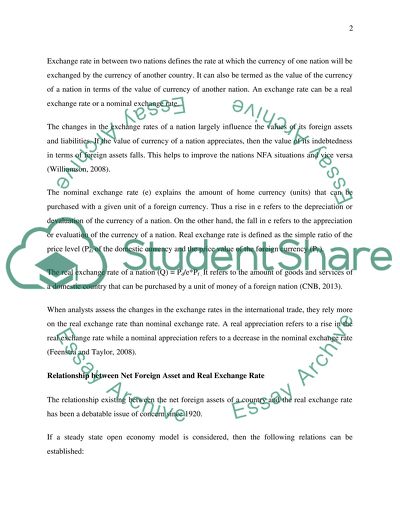Cite this document
(“Net External Wealth and Real Exchange Rate Essay”, n.d.)
Net External Wealth and Real Exchange Rate Essay. Retrieved from https://studentshare.org/macro-microeconomics/1489069-net-external-wealth-and-real-exchange-rate
Net External Wealth and Real Exchange Rate Essay. Retrieved from https://studentshare.org/macro-microeconomics/1489069-net-external-wealth-and-real-exchange-rate
(Net External Wealth and Real Exchange Rate Essay)
Net External Wealth and Real Exchange Rate Essay. https://studentshare.org/macro-microeconomics/1489069-net-external-wealth-and-real-exchange-rate.
Net External Wealth and Real Exchange Rate Essay. https://studentshare.org/macro-microeconomics/1489069-net-external-wealth-and-real-exchange-rate.
“Net External Wealth and Real Exchange Rate Essay”, n.d. https://studentshare.org/macro-microeconomics/1489069-net-external-wealth-and-real-exchange-rate.


